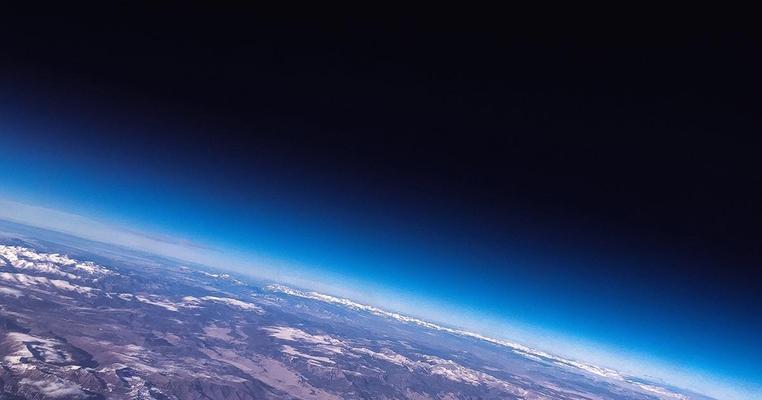
Wildfires and the Climate Crisis in the American West
Fire has a special relationship with our forest ecosystems.
Forest managers know that forest fires can have real environmental benefits. They can prune forests of sick or dead trees and even stimulate later growth. Controlled burning can also stop future accidentally set wildfires from growing out of control.
The result is that in the natural world, fire is both a blessing and a curse, bringing not only destruction, but also recovery and growth.
But in our world, one warming because of our use of fossil fuels, it’s the destructive side we’re now seeing all too often.
With our climate changing, since 2000, an average of 72,400 wildfires have burned an average of 7.0 million acres per year. That’s nearly double the average annual acreage burned in the 1990s (3.3 million acres).
Wildfires like this are not beneficial to forest ecosystems. It displaces plants and animals, depletes the soil, and can usher in non-native species. Its smoke sears lungs and darkens skies hundreds of miles away. It claims houses and human lives.
And in the American West, where temperatures are rising, the risk of drought is growing, and natural water resources like mountain snowpack are declining because of the climate crisis, it’s become a dangerous new normal.
The Problem
The American West is a beautiful landscape of many distinct parts – from tall, rocky mountains and lush prairies to rolling hills and vast forests. And human-caused climate change has significantly increased wildfire activity across a wide swath of it.
“No matter how hard we try, the fires are going to keep getting bigger, and the reason is really clear,” according to Park Williams, bioclimatologist at Columbia University’s Lamont-Doherty Earth Observatory. “Climate [change] is really running the show in terms of what burns. We should be getting ready for bigger fire years than those familiar to previous generations.”
The reasons why are pretty simple science:
Warm weather is arriving earlier and earlier and lasting longer in many places, including the western United States. It goes to figure that mountain snowpacks are melting ever-earlier, leaving less water available during the heat of the summer. Precipitation patterns are also changing. The result? The land becomes parched and plants die off.
All these dying, dead, and dried-out plants then act as tinder, igniting when the heat soars and lightning strikes. Or when a careless cigarette butt is just tossed in the wrong direction. And, with less predictable rains, and seemingly more unpredictable wildfire behavior, once fires begin, it’s harder to stop them.
Add into the mix more development in the wildland-urban interface (areas in between unoccupied lands like forests and built-up areas like cities and towns), and you have an increasing number of structures and people being placed at risk.
Studies have found that human-caused climate change has caused the American West to become warmer and drier, allowing annual fire seasons to last longer and for the size of areas burned to grow. Indeed, the area affected by forest fires in the West has doubled over the last 30 years.
As just one example, in Arizona, declining summer rains and increasing higher temperatures have contributed to the state’s continued high fire activity. So far in the 2019 Arizona fire season, there have already been 1,385 fires that have burned almost 303,000 acres of land. The drier and warmer conditions this year in Arizona have allowed for the 2019 fire season to already surpass the 2018 fire season in area burned by almost 160,000 acres.
This year’s rainy season in Flagstaff, Arizona, has proven to be the driest to date with just 1.02 inches of rain. Even with massive, record snowfall this past winter, Flagstaff is record dry this summer. And this year's sparse rainfall will likely help the fire season – which usually ends in late June or early July – expand into September or even October.
The Risk
Devastating wildfires are scarring our Western landscapes and leaving those who make it out with their lives with long-lasting health concerns.
Beyond the devastating loss of life from large-scale wildfires, smoke from these events can carry fine particles that “can penetrate deep into your lungs” hundreds of miles from the fire itself.
Smoke from wildfires is mostly water vapor, but it also contains gases – like carbon monoxide, carbon dioxide, and nitrogen oxide – and very small specks called particulate matter that are harmful to human health.
Exposure to wildfire smoke has been linked to burning eyes and heart and lung diseases – and these effects last long after the fire has been extinguished. It’s even been linked to premature death in some cases. The most vulnerable are particularly at risk, especially those with existing heart, vascular, or lung diseases, senior adults, and pregnant women.
Children, including teenagers, are particularly sensitive to the harms of wildfire smoke, according to the US Environmental Protection Agency, “because their respiratory systems are still developing, they breathe more air (and air pollution) per pound of body weight than adults, they’re more likely to be active outdoors, and they’re more likely to have asthma.”
As for the land itself, the destruction left in the wake of a major wildfire can also open the door to other impacts.
Losing trees and vegetation to fires leaves homes, businesses, and other infrastructure – and the people who live and work in them – much more vulnerable to major flooding, mudslides, and other hazards once the rains do come.
In the aftermath of flooding and attendant mudslides comes still, stagnant water, which can increase the likelihood of water-borne illnesses such as wound infections, dermatitis, conjunctivitis, and ear, nose, and throat infections.
Standing water also creates habitats for numerous vectors (think mosquitos, arachnids, and fleas) that can carry the West Nile and Zika viruses, among many others.

